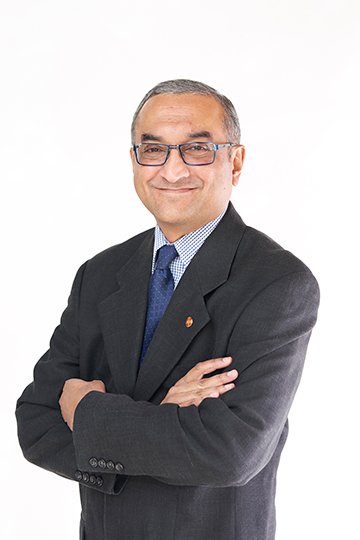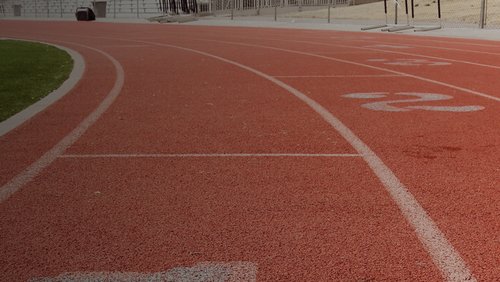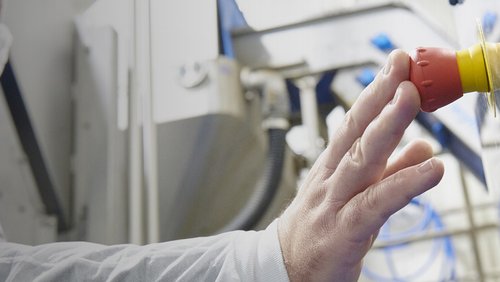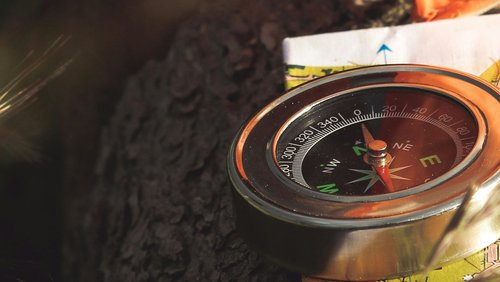8 Oct 2019
We talk with Arthur Amputch ONZM FEngNZ CPEng IntPE(NZ), Technical Director – Civil & Environmental Engineering at Riley Consultants Ltd.
Based in: Auckland
Role: Technical Director – Civil & Environmental Engineering, Riley Consultants Ltd
Education: Bachelor of Science (Pure and Applied Mathematics), University of Auckland, 1986; Bachelor of Engineering (Civil), University of Auckland, 1990; Master of Engineering, University of Auckland, 1994

What inspired you to become an engineer?
I spent part of my youth in Fiji. During one of my school holidays, aged 11, as I was sitting in the backyard of my parents’ home, I looked across the creek that divided freehold land from native land. I noticed a group of children struggling to get two cows to cross the narrow creek – a daily occurrence. I told mum I needed to find a way to help the children. I cut down two trees and placed them across the narrow divide to form a basic crossing. It was a success, until the first flood. I then enlisted the help of others to construct a proper crossing. It taught me two valuable insights that have guided me: I love solving problems, and joining forces with others leads to an even better outcome.
At the end of each day, what tells you whether you’ve been successful?
If I have helped or contributed to someone’s development. I also regard success as receiving positive feedback when I have taken a lead role where leadership or direction has not been apparent or forthcoming.
What’s the most innovative project you’ve ever worked on?
The design philosophy we adopted for the NZ Transport Agency SH1 Northern Corridor encroachment into the Rosedale Closed Landfill in Auckland. The philosophy and subsequent design are simple and elegant, yet the solution addresses complex and challenging issues including safety during design, construction, operation and maintenance and remedies past degradation.
How do you connect your work with a sense of greater good?
I practice engineering in a way that gives back to the industry and wider community, and try to use my engineering skills for the benefit of others. For anyone in our profession, a legacy is not just the built environment, it is the transfer of knowledge between each generation of engineers for the benefit of future societies and communities. This is an ethical imperative for engineers.
What mistake have you learned most from?
I developed an engineering solution that was rejected by the client and the stakeholders. What was really wanted was assistance with developing a range of options so they could find their own solution. I learned the singular importance of listening, and when to advocate and when to inquire.
What makes you a good leader?
Others have said I have vision and influence and that I inspire. I am independent, objective, empathetic, and I lead by example. I have been told I am able to make tough decisions for the greater and common good.
How do you start a difficult conversation with someone you lead or manage?
I let the other party know beforehand that we need to have an honest conversation. It is essential to outline what you hope to achieve. Before I start, I look at it from the recipients’ perspective and ask myself how I would feel if I were on the receiving end. Always treat each other with respect, compassion and dignity.
Who is a leader in New Zealand you admire?
When I was studying at the University of Auckland, Sir John Hood KNZM HonFEngNZ featured as a guest lecturer. At the time he had a lead role in the former Fletcher Challenge Corporation. I was very impressed by his manner and his clarity of thought and knowledge. He went on to achieve on the world stage as Vice Chancellor of Oxford University.
What questions have you been asking yourself lately?
What is the next horizon? What is my next challenge? How do I best continue to make a worthwhile contribution to New Zealand? My key strength as a strategic thinker remains largely untapped, so I would like to become more involved in governance.




